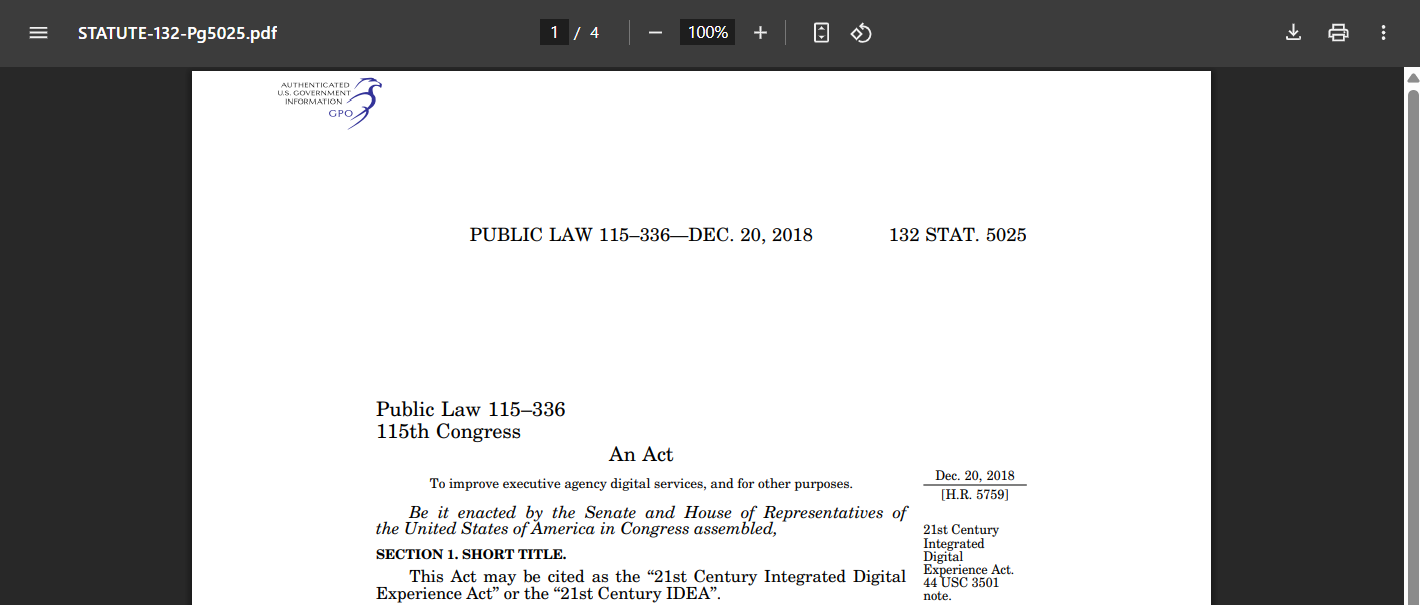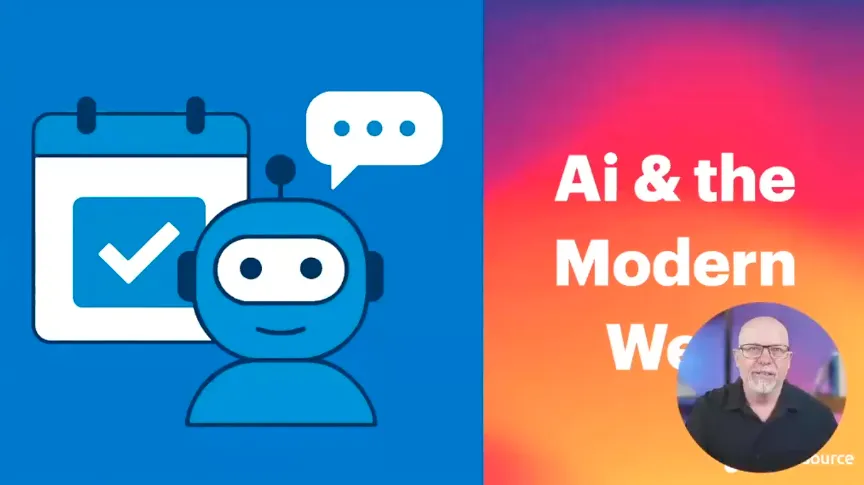21st Century IDEA: Best Practice for Government Sites

Table of Contents
Takeaway: Balancing high public expectations with limited budgets requires meeting complex demands like accessibility, security, scalability, and ease of use. The 21st Century Integrated Digital Experience Act (IDEA), though designed for federal agencies, offers a roadmap of best practices that state and local governments can adopt.

SEE HOW WE APPLY THE 21ST CENTURY IDEA ACT
We consult with dozens of local government website stakeholders every month, and more so than ever before, one overarching theme emerges:
High constituent expectations coupled with budget constraints contribute to an environment where the stakes for getting it right are high.
Local government websites need to be built with the capacity to fire on multiple cylinders, at all times, for a spectrum of constituents with vastly different needs.
Functioning as the new town square, government websites need to:
- Simplify complexities
- Streamline access to needed information
- Offload administrative tasks
- Ensure web accessibility
- Serve as a source of civic pride
- Be easily updated by content editors
- Be visually engaging for citizens and visitors
- Be inherently scalable to match the agency's growth
- Be secure.
And that’s just the beginning.
On top of the above requirements, all local government websites need to meet distinct objectives that reflect local issues and particular opportunities.
The 21st Century Integrated Digital Experience Act—also referred to as the 21st Century IDEA—can serve as a solid starting point and ongoing resource for local government websites.
To learn about top trends in government website design that meet stakeholder and constituent expectations, visit 2023 Trends in Web Design for Government Sites.
What is the 21st Century IDEA?
Signed into law in December of 2018, the 21st Century IDEA is designed to ensure online, mobile-friendly, digital service for the public in a manner that decreases cost, increases digital conversion rates, and improves customer experience.
Government exists to serve citizens, and this bill ensures government leverages available technology to provide cohesive, user-friendly online service that people around this country expect and deserve.
—U.S. Rep. Ro Khanna (D-CA)

The 21st Century IDEA has defined standards for the modernization of websites that are intended for use by the public based on the following nine criteria:
- Accessible to individuals with disabilities in accordance with Section 508 of Americans with Disabilities Act.
- Consistent among federal government agencies, in an effort to achieve as much standardization and commonality with other executive agencies as practicable, for purposes of facilitating future transitions to centralized shared services.
- Authoritative and official with content that is up to date, regularly reviewed, not duplicated on a legacy site, and clearly identifies as an official government website.
- Secure, due to an industry standard secure connection, that meets all current requirements.
- Data-driven analytics influence management and development decisions based on user needs and behaviors.
- Search functionality streamlines access to needed information and forms; content is optimized for search.
- Design is built upon modern standards for optimal UX and current user needs, which includes full functionality on common mobile devices.
- Web-based forms, applications and digital services enable efficient, accurate online completion of transactions.
- Privacy best practices are in place to protect user information.
Are local government websites required to comply with the 21st Century IDEA?
No. the 21st Century IDEA Act was designed for federal agencies.
However, it serves as an excellent starting point for local government web design best practices.
The list of requirements outlined in the 21st Century IDEA represents a valuable set of digital experience guidelines and standards established by the federal government.
The guidelines are designed to ensure a consistently high level of efficiency, effectiveness, and usability, and as such, there is every reason for the 21st Century IDEA to be a top-of-mind consideration in the design, development, and maintenance of state, county, and municipal websites.
It’s important to keep in mind, though, that many states and municipalities have their own laws and compliance standards concerning web design and digital experience. This is particularly true for accessibility, as State and local laws and policies can vary concerning WCAG compliance.
Even in the absence of explicit legal requirements, however, we believe that accessibility testing and remediation are always the right thing to do.
Fueling the next generation of public sector sites
The passage of the 21st Century IDEA represents a significant step forward for public sector sites at all levels of government. Optimal digital experience for all constituents can translate into significant savings of taxpayer dollars as questions get answered and tasks get efficiently completed online.
Up-to-date information from a trusted source of truth can mean greater and more cohesive community engagement. A human-centered and data-driven strategy opens the doors to vast new possibilities for government websites at all levels—federal, state, county, and municipal.
Get our newsletter
Get weekly Drupal and AI technology advancement news, pro tips, ideas, insights, and more.




